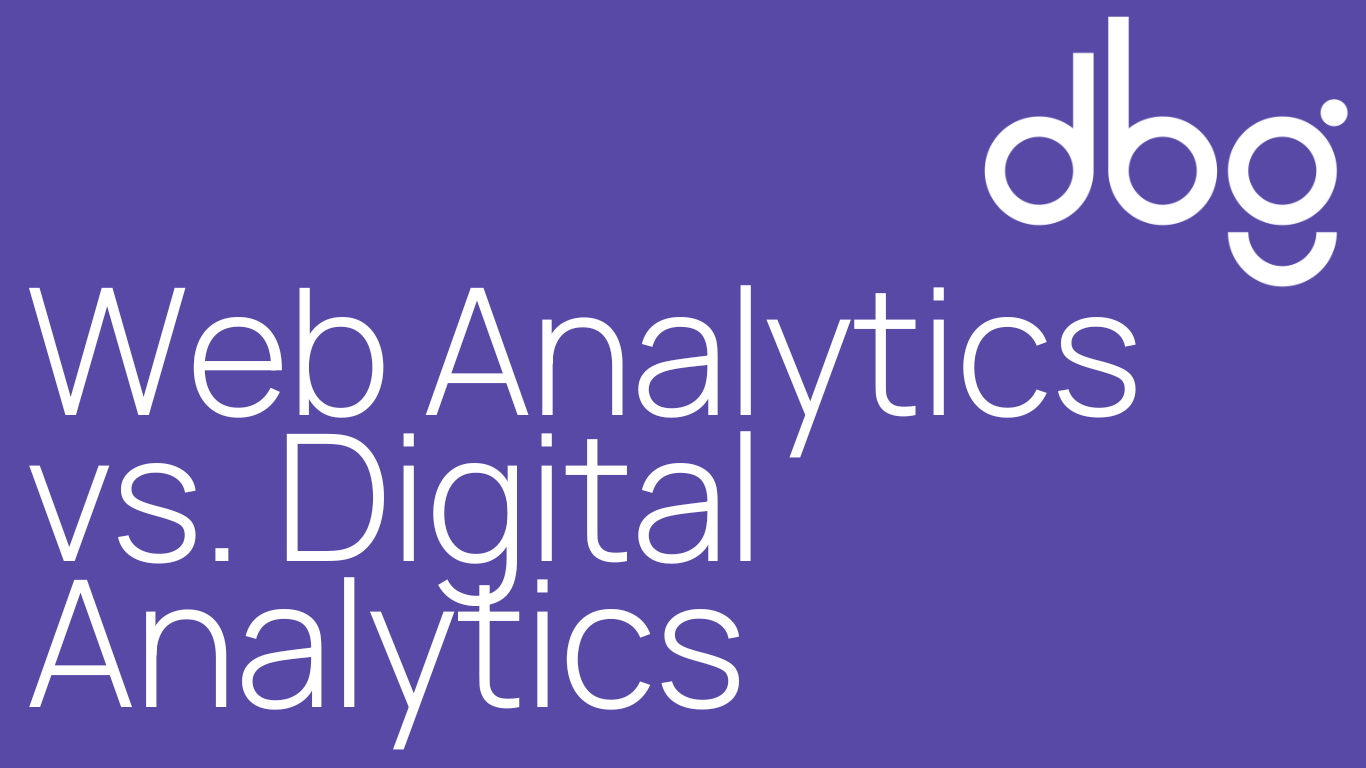 When every click, scroll, and interaction leaves a trail of data behind, understanding and using the power of analytics is critical for eCommerce business.
When every click, scroll, and interaction leaves a trail of data behind, understanding and using the power of analytics is critical for eCommerce business.
While the terms web analytics and digital analytics are often used interchangeably, they represent two distinct realms of data analysis, each with its unique strengths and applications.
Web Analytics
Web analytics focuses primarily on collecting, measuring, and analysing data related to a website’s performance. The key objective of web analytics is to gain insights into how users interact with a website, helping businesses optimise their online presence and user experience by;
• Traffic Analysis – web analytics tools, such as Google Analytics, provide an in-depth look at your website’s traffic sources. You can track the volume of visitors, their geographic location, and the channels that drove them to your site, be it organic search, paid advertising, or social media.
• User Behaviour – understanding how users navigate your website is crucial for improving user experience. Web analytics tools can reveal which pages are most popular, how long visitors stay on your site, and where they drop off, providing valuable insights for optimisation.
• Conversion Tracking – web analytics also allows you to track conversions, whether it’s making a purchase, signing up for a newsletter, or completing a contact form. By identifying conversion bottlenecks, you can refine your website to boost results.
Digital Analytics
Digital analytics encompasses a broader spectrum of data sources, including not only websites but also mobile apps, social media platforms, email marketing, and more. Here’s how;
• Multi-Channel Insight – digital analytics integrates data from various digital touchpoints, allowing you to see the big picture. You can track user interactions across websites, mobile apps, social media, email campaigns, and other channels to understand the customer journey holistically.
• Customer Segmentation – with digital analytics, you can segment your audience based on demographics, behaviour, and interests. This segmentation empowers you to tailor marketing efforts for specific customer groups, enhancing personalisation.
• Attribution Modelling – understanding the customer’s path to conversion is complex in today’s multi-channel environment. Digital analytics tools offer advanced attribution modelling to attribute conversions accurately, giving credit to each touchpoint in the customer journey.
• Real-Time Data: Digital analytics often provides real-time data, allowing you to respond promptly to changing market conditions and customer behaviours. This agility is especially vital in dynamic online environments.
Choosing web analytics or digital analytics depends on your business goals and the scale of your online presence – for smaller websites or those primarily focused on optimising their website’s performance, web analytics may suffice. However, for businesses with a diverse online footprint and a need to track user interactions across various digital channels, digital analytics is the logical choice.
However, the two disciplines are not mutually exclusive and many digital analytics tools incorporate web analytics as a subset, providing a comprehensive solution for businesses of all sizes. The key is to align your analytics strategy with your business objectives and continually refine it based on data-driven insights.
